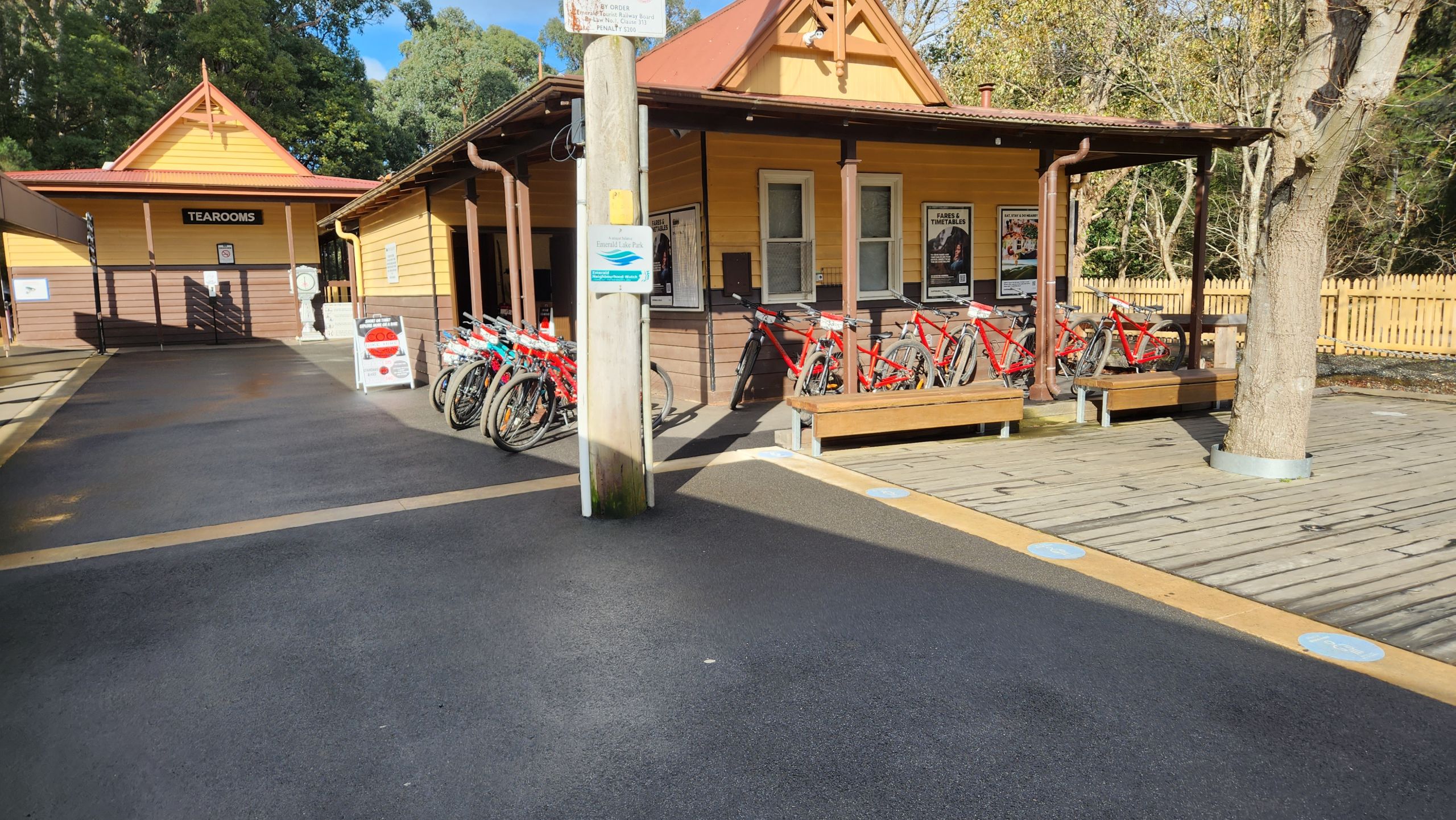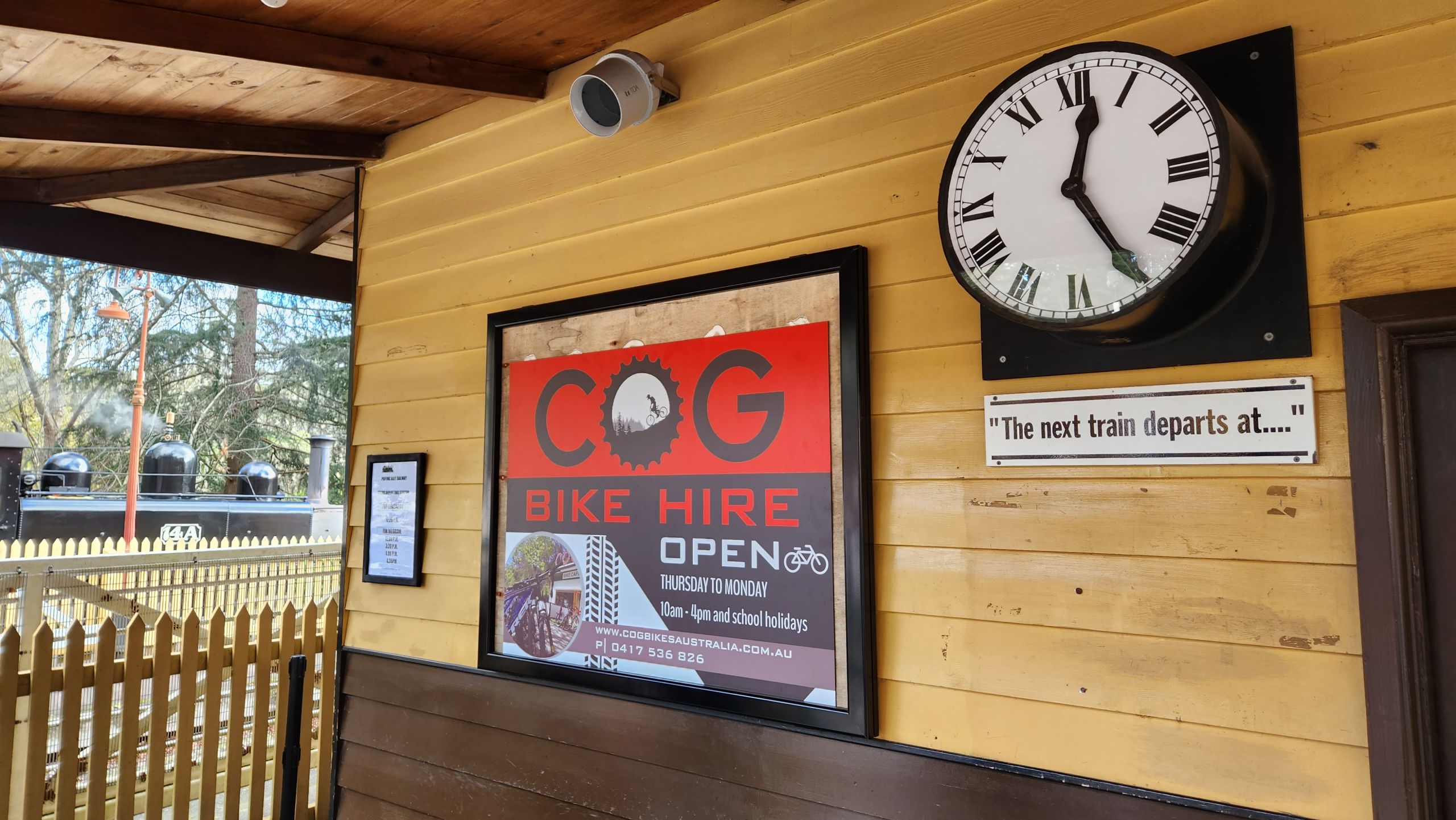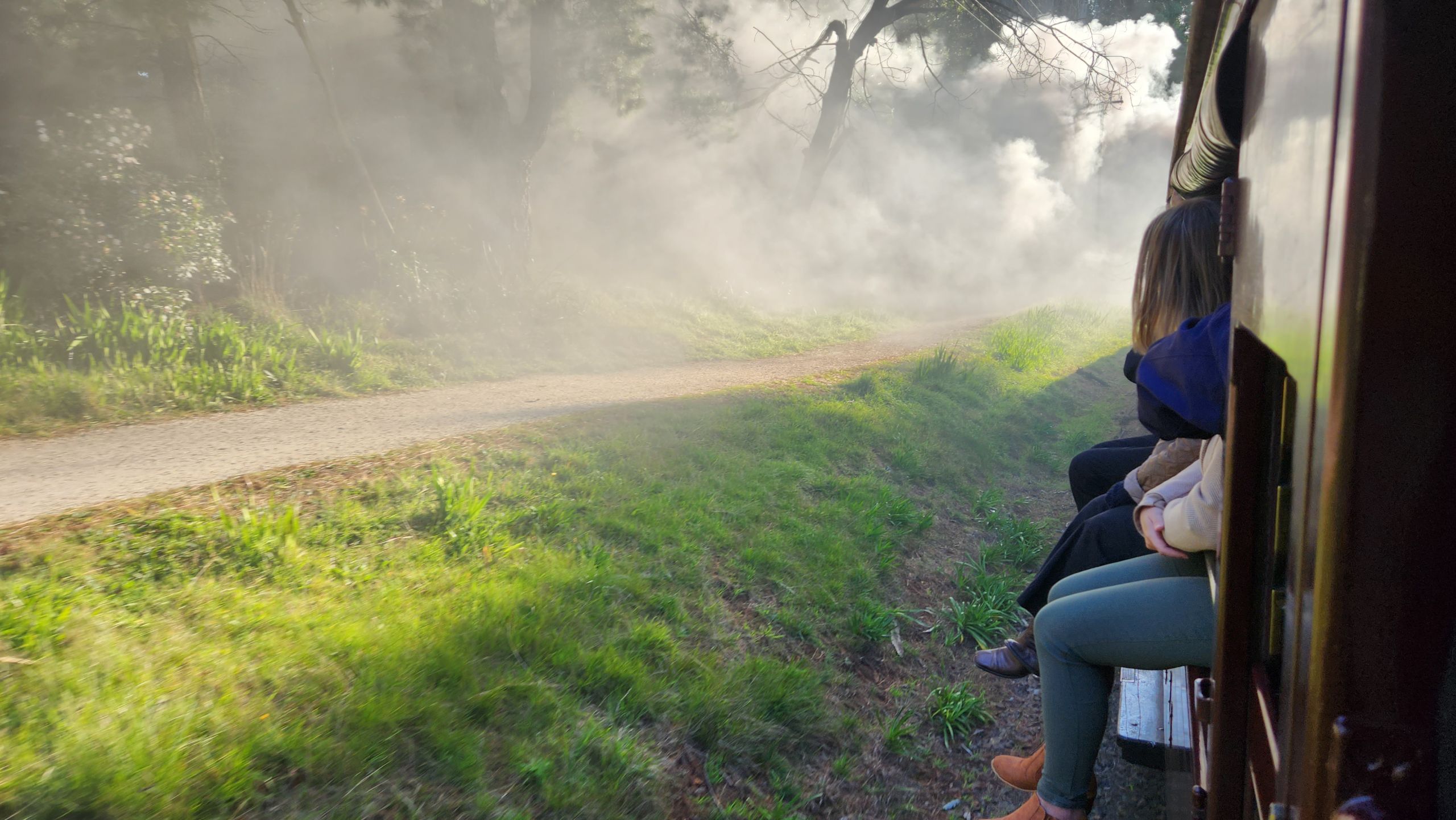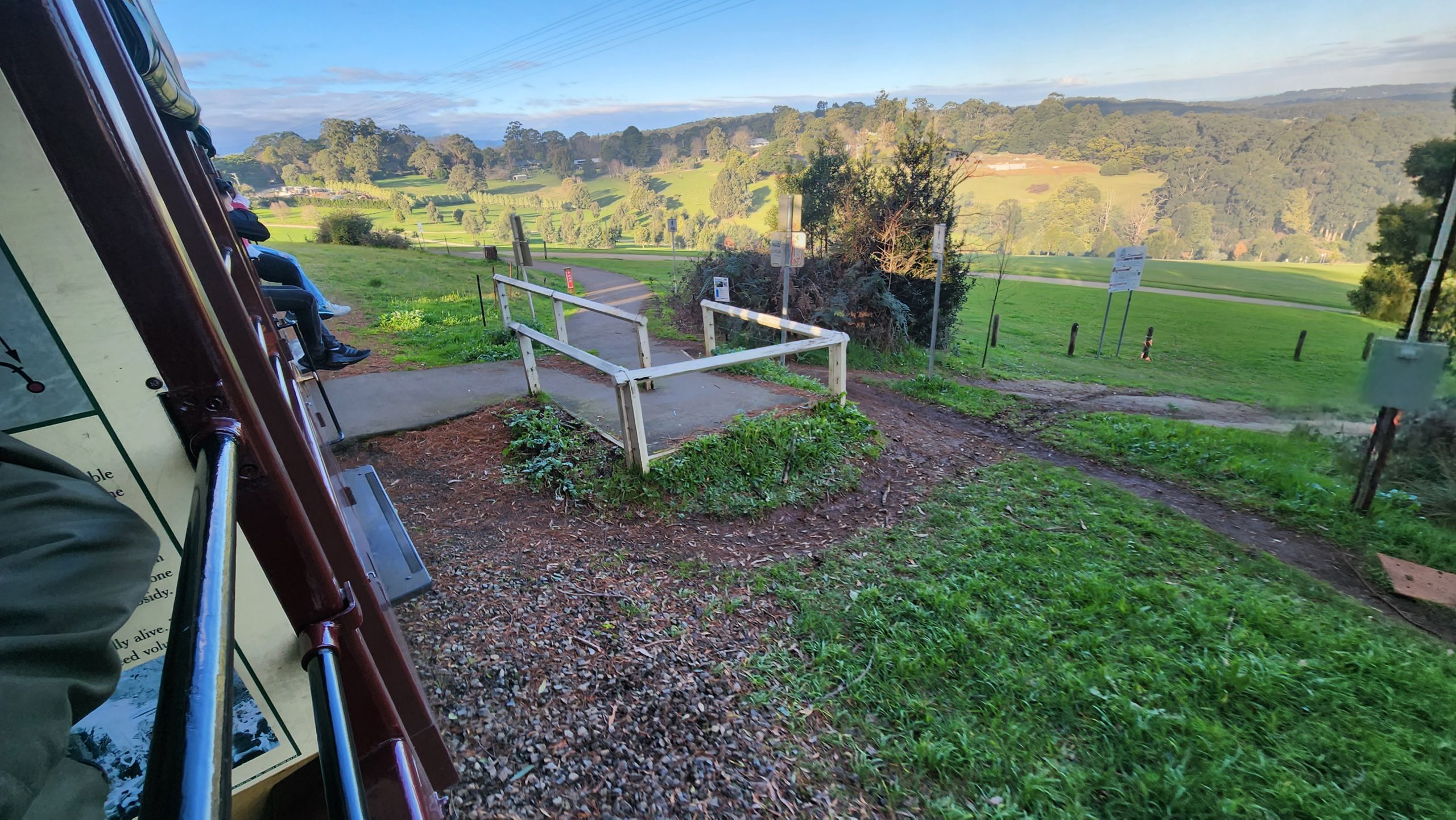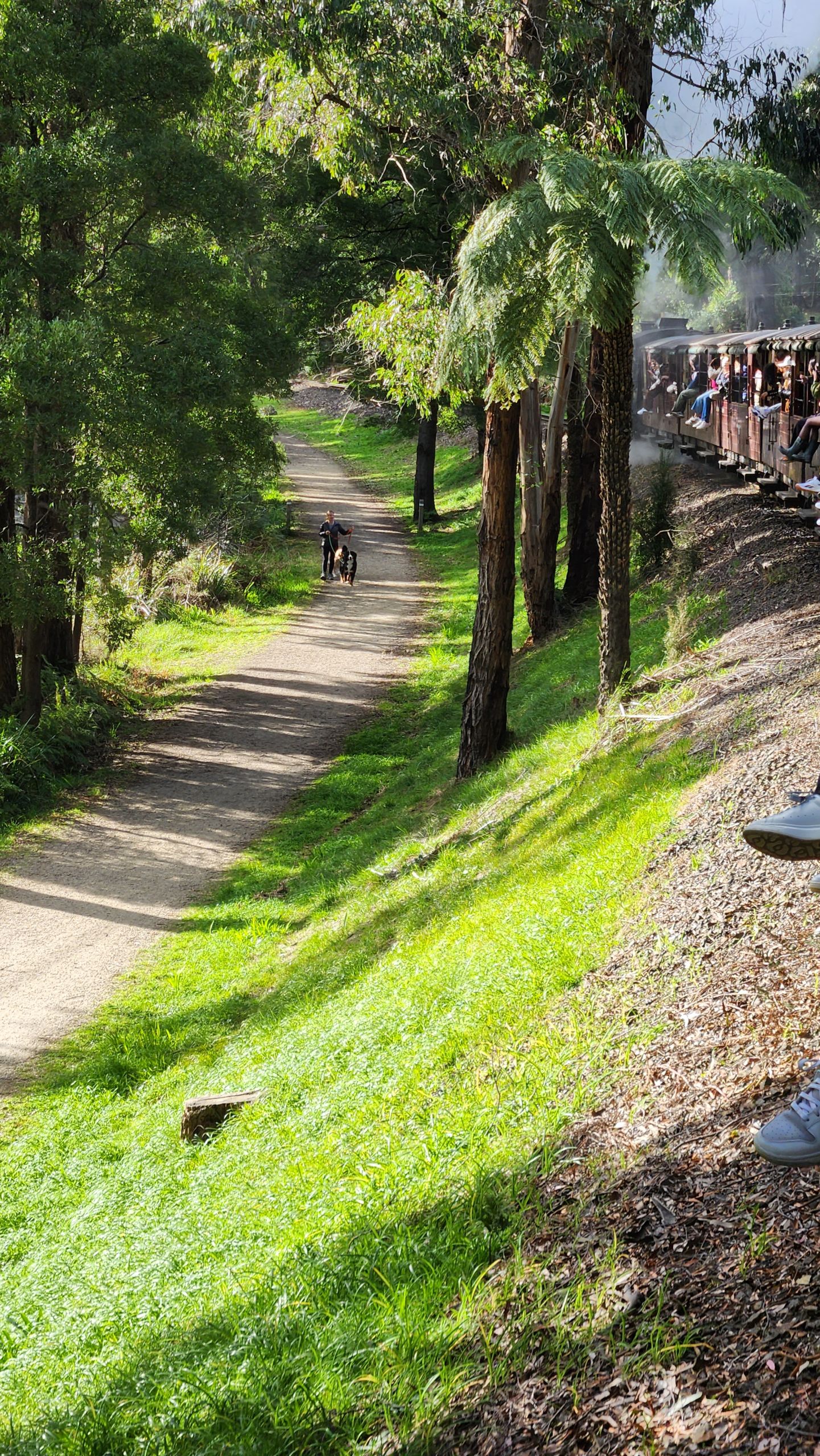Over recent months, we’ve been asked quite regularly about our current position on the proposed Monaro Rail Trail. Our position hasn’t changed and we fully support the development of a walking and cycling trail within the railway corridor that is built to the side of the existing track formation, allowing for tourist trains and trail users to share the corridor.
There has been a lot of talk about this concept, but unfortunately, there are some suggestions that a shared concept is not possible, and the only way to construct a rail trail is to completely remove the railway infrastructure and build the trail on top of the track formation.
This is definitely not the case, and there are several examples of this method of trail construction in Australia, such as:
🔹 Heathmont to Belgrave Rail Trail – Sealed pathway that follows the current Melbourne Metro railway line, ending at the start of the Puffing Billy Tourist Railway
https://www.railtrails.org.au/trails/ringwood-belgrave-railway-trail/
🔹 Pioneer Rail Trail Oberon – Railside path along the soon to be reactivated Oberon Tarana Railway
https://www.railtrails.org.au/trails/the-pioneer-rail-trail-oberon/
🔹 Eastern Dandenong Ranges Rail Trail – Railside path shadowing the Puffing Billy Tourist Railway between Clematis to Gembrook
https://www.railtrails.org.au/trails/eastern-dandenong-ranges-trail/
Recently, a delegation from CMR had the opportunity to explore the Eastern Dandenong Ranges Rail Trail during a visit to the Puffing Billy Tourist Railway. This trail is an excellent example of what is possible when a trail is developed in conjunction with a successful tourist railway. Bikes are available for hire from major stations along the railway, and the supporting infrastructure provide trail users with important amenities along the trail.
The trail was popular with a variety of people including both local and visiting walkers and riders, with trail users often stopping to wave to passengers and take photos of the train.
Of the 8 different established Victorian rail trails that our delegation visited over a period of 5 days, the only trail with consistent active use was the Eastern Dandenong Ranges trail with it’s link to the tourist railway.
This trail shares many of the traits that have been discussed as being too difficult to overcome in the Monaro, including:
🔹 Embankments – The trail follows more of the natural gradient of the land at the bottom of the embankment or a gradual path part way down the side of the embankment.
🔹 Cuttings – The trail generally runs over the top of cuttings
🔹 Fencing – The vast majority of the trail is not separated from the railway by a fence. Safety measures are implemented by train operators to prevent issues occurring, such as speed reductions in areas where trail users and trains can interact.
🔹 Track Crossings – There are several places where the trail crosses the track with simple, fenced crossing locations and warning signs.
🔹 Road Crossings – In locations where the path is required to cross a road, the path crossing is incorporated into the railway level crossing.
This trail demonstrates what is possible with a collaborative approach, and we think this concept would be just as successful in the Monaro. So Yes, we absolutely support the development of a rail trail. Just not at the expense of the railway.


